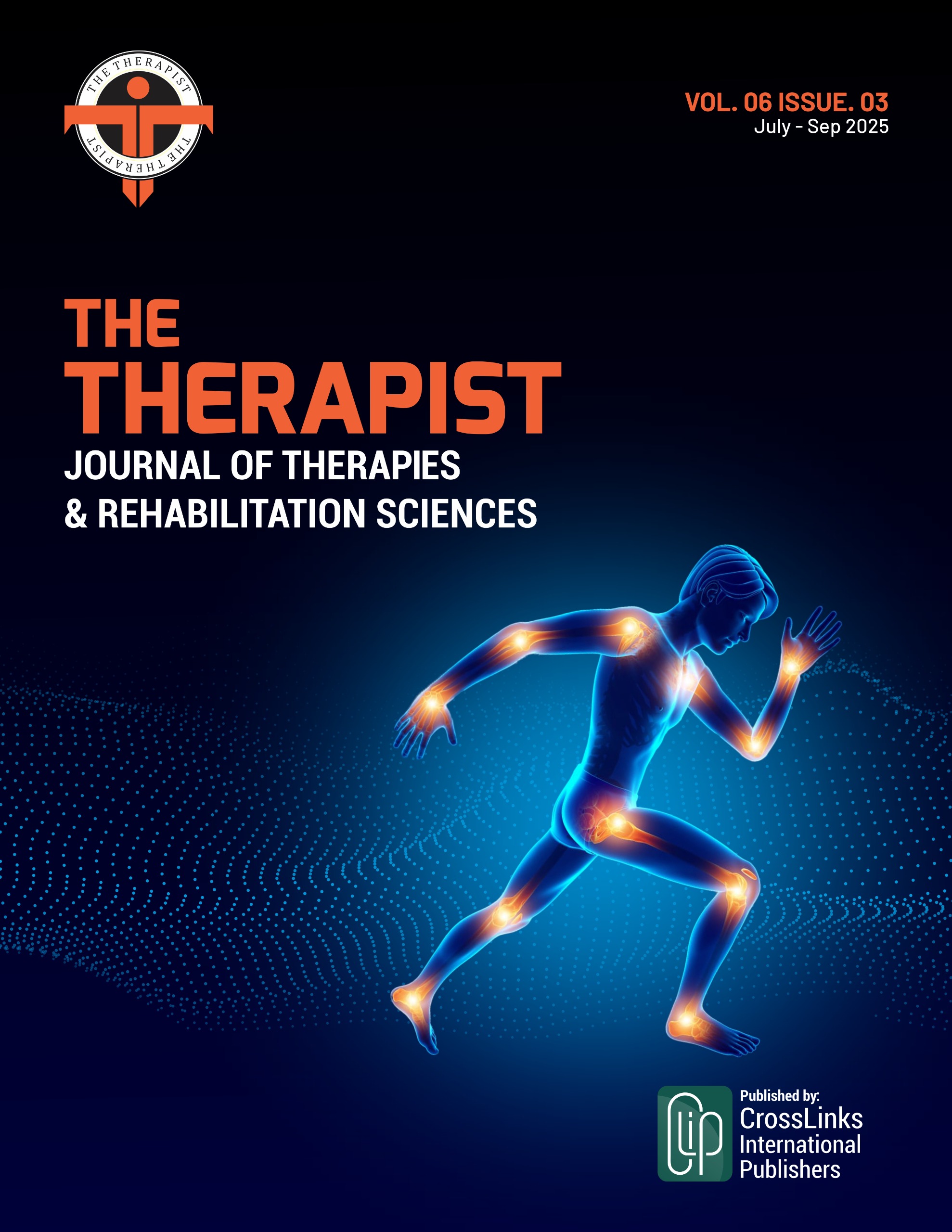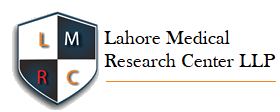Communication and Language Challenges in Autism Spectrum Disorder
Language Challenges in Autism Spectrum Disorder
DOI:
https://doi.org/10.54393/tt.v6i3.275Abstract
Autism Spectrum Disorder (ASD) is a neurodevelopmental disorder that is marked by a lifelong struggle with social communication, interaction, and the occurrence of limited or repetitive behaviors [1]. A broad spectrum of speech and language impairments that may be mild, moderate, or severe in nature and manifestation is one of the most obvious features of this disorder. These communication issues should also be comprehended during diagnosis as well as in the formulation of effective therapeutic interventions [2].
The language development of children with ASD is very heterogeneous. There are those who exhibit age-related or even outstanding language skills and there are those that demonstrate a gross delay or are barely verbal. These variations are seen in various areas of language such as semantics, pragmatics, phonology and morphosyntax. As an illustration, semantic problems can interfere with abstract thinking, word use and word classification, but pragmatic problems are commonly represented by inappropriate conversational behavior, literal language interpretation, echolalia or pedantic speech. Phonological and morphosyntactic difficulties also increase the difficulty in communication, especially when they are accompanied by developmental language disorders or intellectual disabilities [3].
ASD also has a diverse speech production. Most children have disordered prosody, abnormal rhythm or intonation, and motor planning impairments of articulation and fluency. Oral motor impairments are often associated with delays in expressive language, whereas receptive language can be comparatively intact. Dysfluency, such as stuttering, cluttering, and unusual pauses in speech, can also hinder communication, and is usually indicative of cognitive or working memory limitations [4].
The acknowledgment of the heterogeneity of ASD language profiles has prompted researchers to introduce categorizations that can be used to inform clinical practice. One of the approaches distinguishes between children with primary pragmatic problems and those with comorbid language or speech problems, between those with delays due to intellectual disability and where limited language develops as a secondary result of limited social interaction or environmental influences. These frameworks underline that intervention must be based on the individual child profile, and it must be focused on social communication, speech motor skills, and language comprehension simultaneously [5].
Early identification and targeted therapy are critical. Supporting social engagement, fostering language-rich interactions, and addressing motor and phonological skills can help mitigate delays and improve long-term outcomes. Clinicians, educators, and caregivers must work together to recognize individual strengths and challenges, ensuring interventions are personalized and contextually relevant. Speech and language difficulties in ASD are multifaceted, ranging from subtle pragmatic challenges to profound expressive deficits. A careful understanding of these profiles allows for more precise diagnoses and interventions, ultimately enhancing communication, social integration, and quality of life for individuals on the autism spectrum.
References
Eigsti I-M, de Marchena AB, Schuh JM, Kelley E. Language acquisition in autism spectrum disorders: A developmental review. Research in autism spectrum disorders. 2011;5(2):681-91.
Sterponi L, De Kirby K, Shankey J. Rethinking language in autism. Autism. 2015;19(5):517-26.
Vogindroukas I, Stankova M, Chelas E-N, Proedrou A. Language and speech characteristics in autism. Neuropsychiatric disease and treatment. 2022:2367-77.
Kuijper SJ, Hartman CA, Bogaerds-Hazenberg S, Hendriks P. Narrative production in children with autism spectrum disorder (ASD) and children with attention-deficit/hyperactivity disorder (ADHD): Similarities and differences. Journal of abnormal psychology. 2017;126(1):63.
Grzadzinski R, Huerta M, Lord C. DSM-5 and autism spectrum disorders (ASDs): an opportunity for identifying ASD subtypes. Molecular autism. 2013;4(1):12.
Downloads
Published
How to Cite
Issue
Section
License
Copyright (c) 2025 THE THERAPIST (Journal of Therapies & Rehabilitation Sciences)

This work is licensed under a Creative Commons Attribution 4.0 International License.
This is an open-access journal and all the published articles / items are distributed under the terms of the Creative Commons Attribution License, which permits unrestricted use, distribution, and reproduction in any medium, provided the original author and source are credited. For comments editor@thetherapist.com.pk










